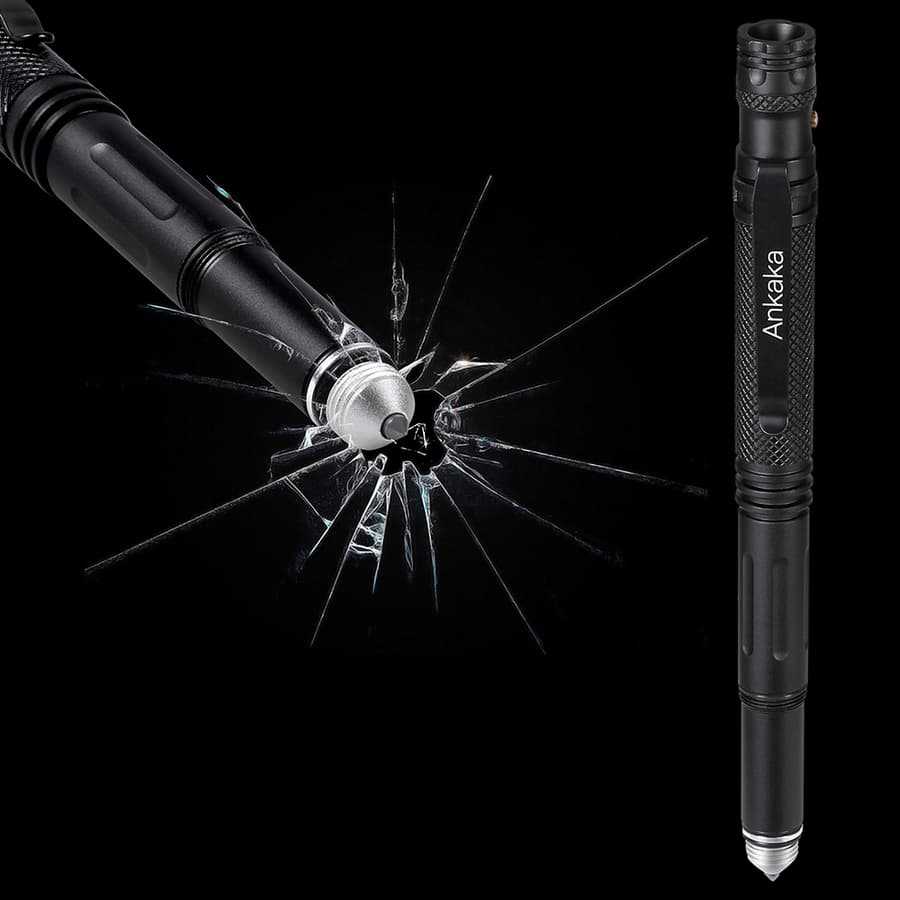Tactical Pens: A Lens into U.S. and China's Divergent Development Paths
August 30th, 2024 7:00 AM
By: Newsworthy Staff
The contrasting popularity of tactical pens in the United States and China reveals significant differences in public safety, infrastructure reliability, and cultural attitudes towards preparedness between the two nations.

The humble tactical pen, a multi-functional tool originally designed for military and law enforcement use, has emerged as an unexpected indicator of the divergent development trajectories between the United States and China. While these versatile instruments have gained significant traction in the U.S. market, they remain largely unused in China, shedding light on fundamental differences in public safety, infrastructure, and cultural priorities between the two global powers.
In the United States, tactical pens have found a receptive audience, valued not only for their writing capabilities but also as tools for self-defense and emergency preparedness. This popularity is rooted in several key factors that reflect broader American societal trends. Firstly, there is a heightened awareness of personal safety and a culture of preparedness among U.S. consumers. Tactical pens, with their discreet yet effective self-defense features, appeal to a wide range of individuals, from urban dwellers to outdoor enthusiasts.
Moreover, despite the ubiquity of digital devices, physical writing instruments still hold both symbolic and practical value in American culture. This is particularly evident in situations where digital tools might fail, making tactical pens a unique and thoughtful gift option. Many tactical pens also include a built-in flashlight, enhancing their utility in a country where occasional power outages are not uncommon. This added functionality increases their appeal as both everyday carry items and emergency tools.
In stark contrast, the Chinese market has shown little interest in tactical pens, a phenomenon that illuminates key aspects of China's recent development path. One significant factor is the dramatic improvement in public safety across Chinese cities and communities. The widespread installation of security cameras has led to a notable reduction in crime rates, diminishing the perceived need for personal self-defense tools like tactical pens.
China's robust power generation capabilities and advanced grid infrastructure have resulted in a highly reliable power supply, even in remote areas. This reliability has reduced the demand for everyday carry tools with built-in light sources, as power outages are rare occurrences for most Chinese citizens. Furthermore, China has embraced digital technology at an unprecedented rate, with mobile phones becoming the primary tool for communication and transactions. This shift to a digital lifestyle has significantly reduced the need for traditional writing instruments, including tactical pens.
The divergent popularity of tactical pens in these two countries reflects more than just differences in consumer preferences; it provides insight into broader societal trends and priorities. In the United States, a culture of preparedness, coupled with occasional infrastructure vulnerabilities, maintains the relevance of multi-functional tools like tactical pens. Conversely, China's advancements in public safety, infrastructure reliability, and rapid digital transformation have rendered such tools largely superfluous in daily life.
As both nations continue to evolve, the tactical pen serves as an unexpected but revealing indicator of their distinct development paths. It underscores the complex interplay between technology, infrastructure, and cultural attitudes in shaping consumer behavior and societal norms. While the United States maintains a balance between digital advancement and traditional preparedness, China's trajectory emphasizes technological integration and infrastructure robustness as key pillars of its modernization efforts.
The tale of the tactical pen in these two global powerhouses offers valuable insights for policymakers, businesses, and sociologists alike. It highlights the importance of understanding nuanced cultural and infrastructural differences when analyzing consumer trends and societal development across different nations. As the world becomes increasingly interconnected, such insights can prove crucial in fostering mutual understanding and informed decision-making in international relations and global commerce.
Source Statement
This news article relied primarily on a press release disributed by 24-7 Press Release. You can read the source press release here,
